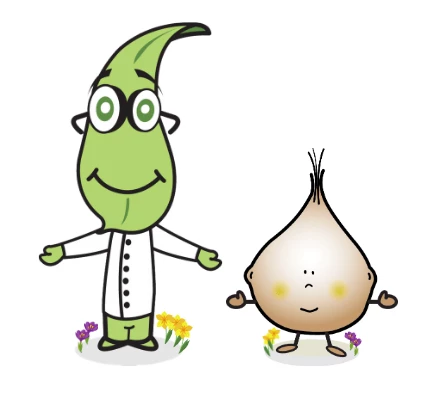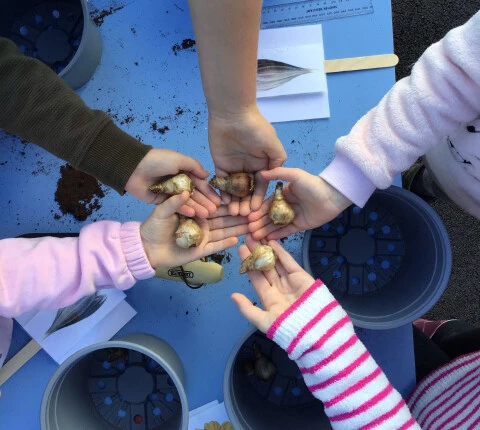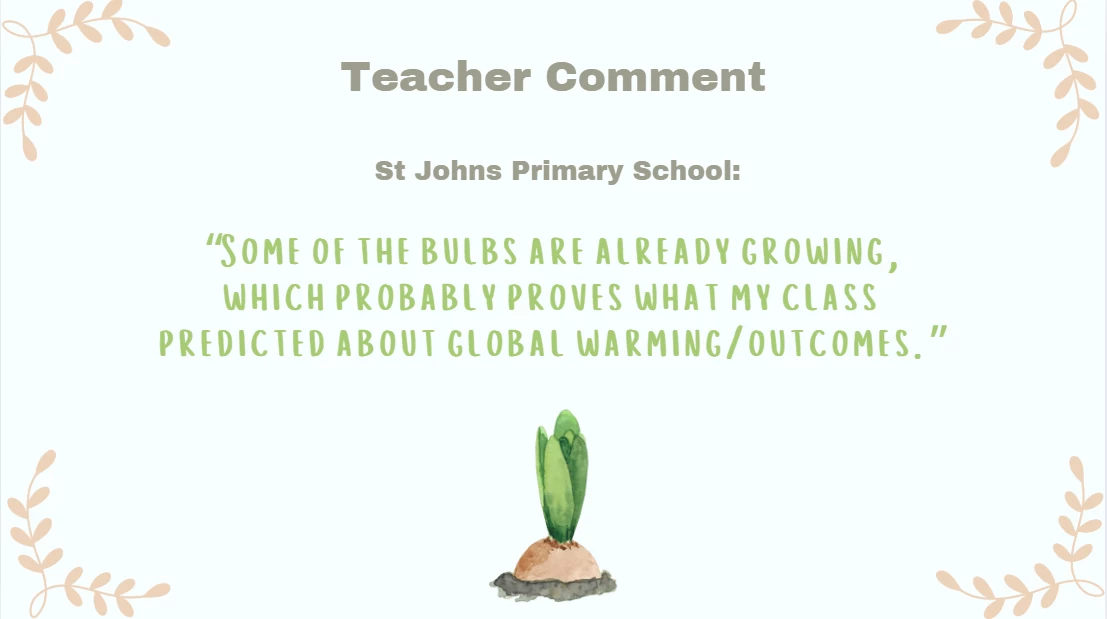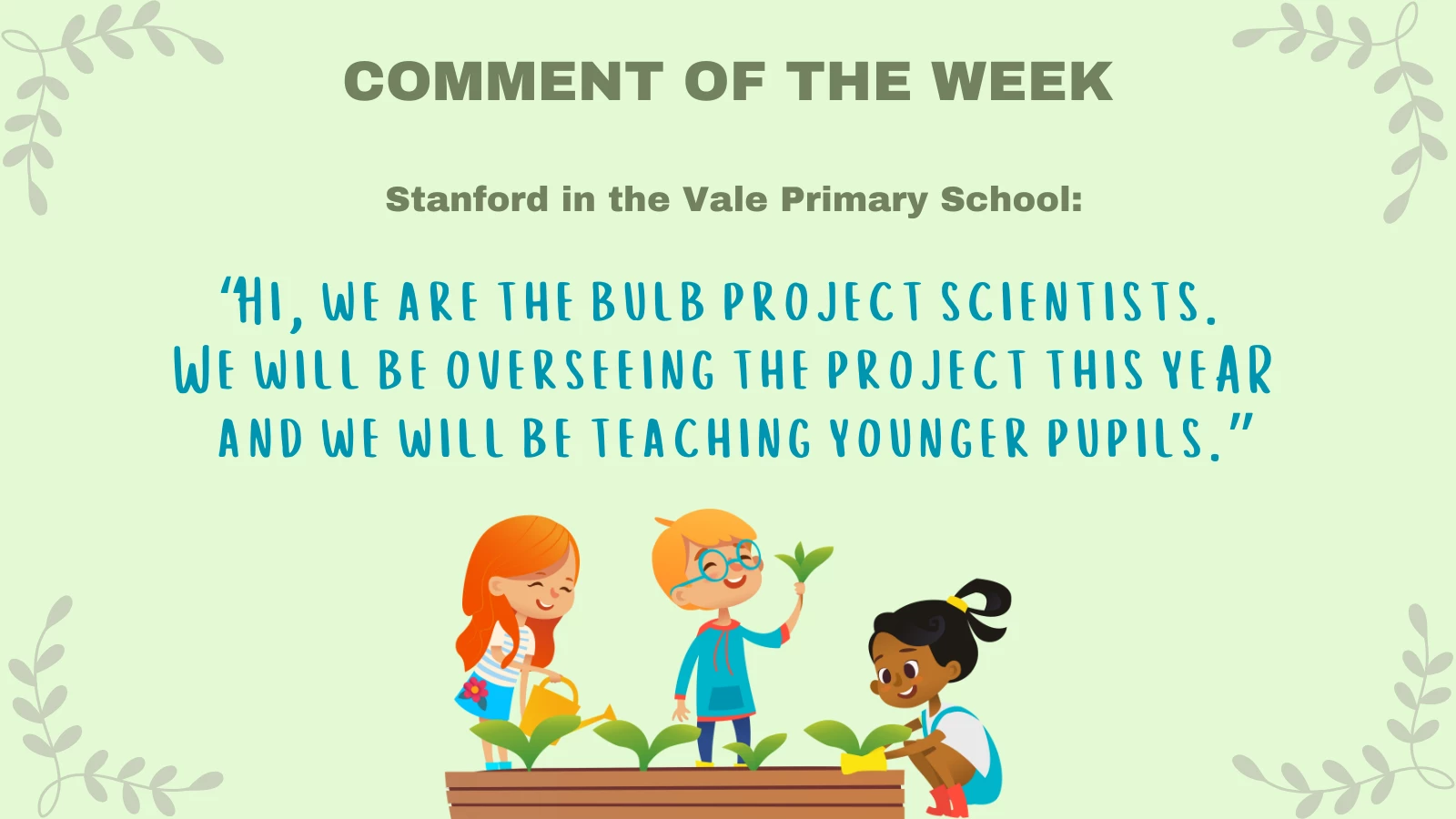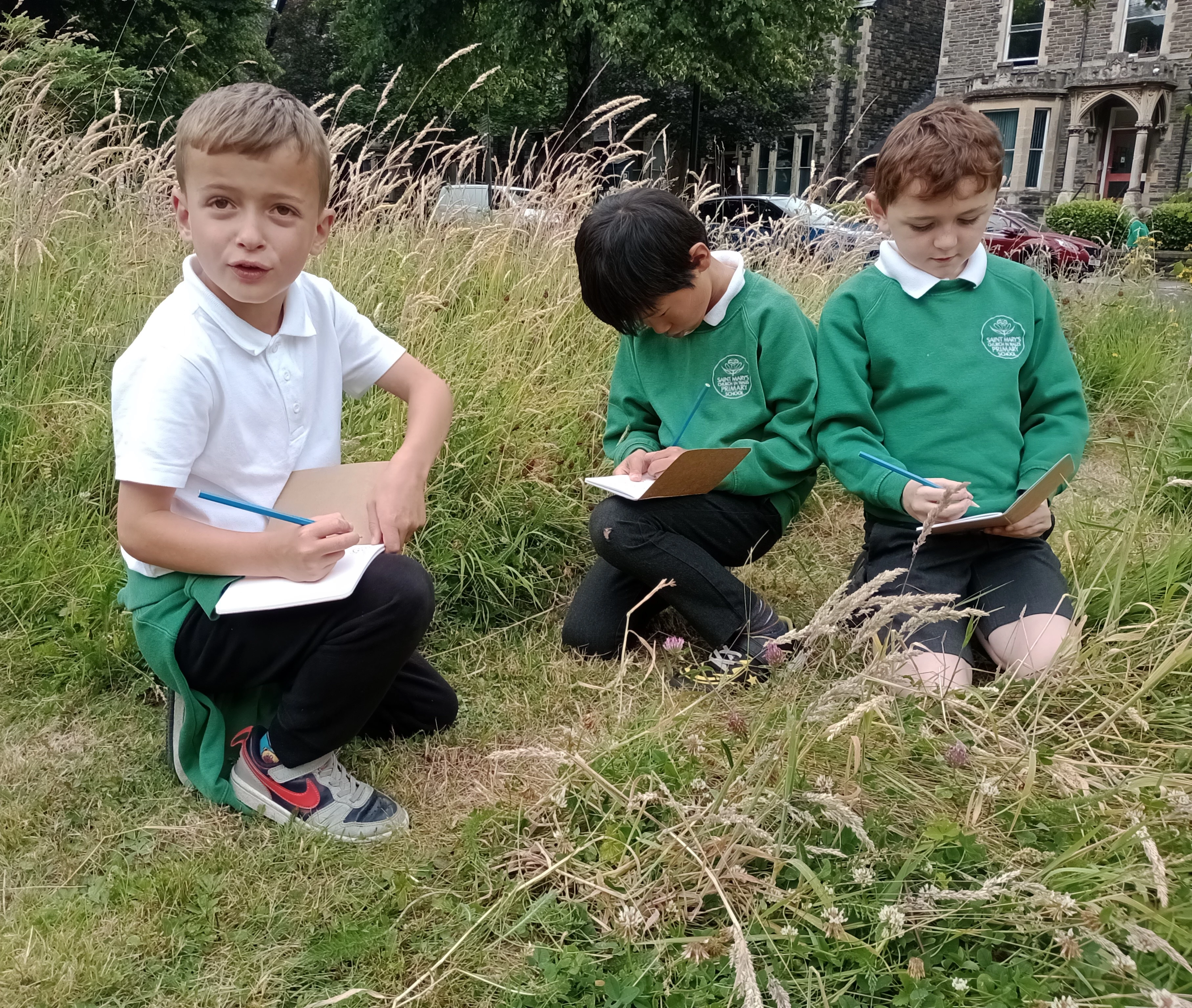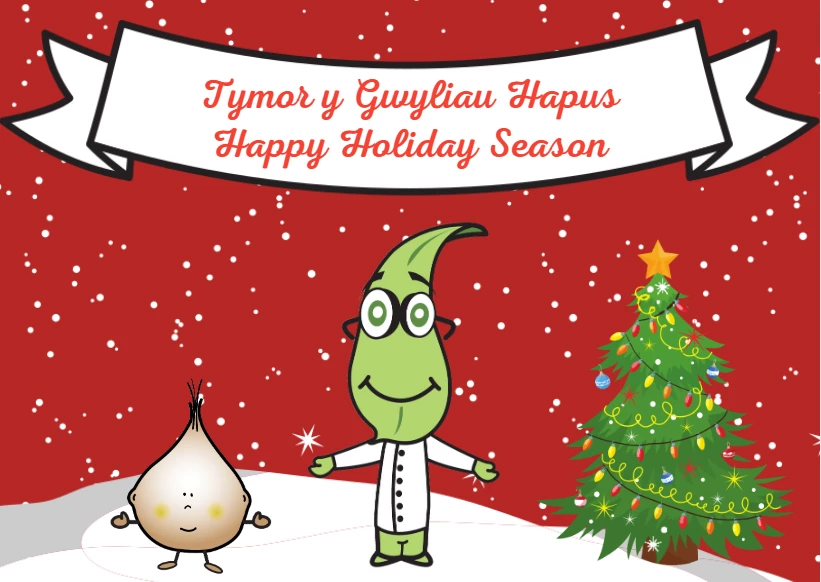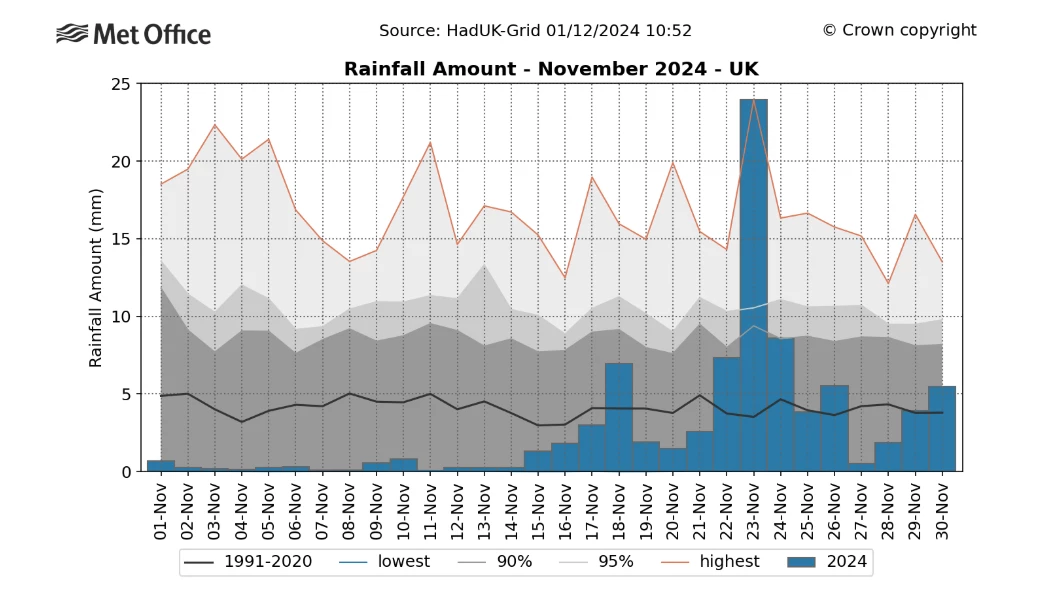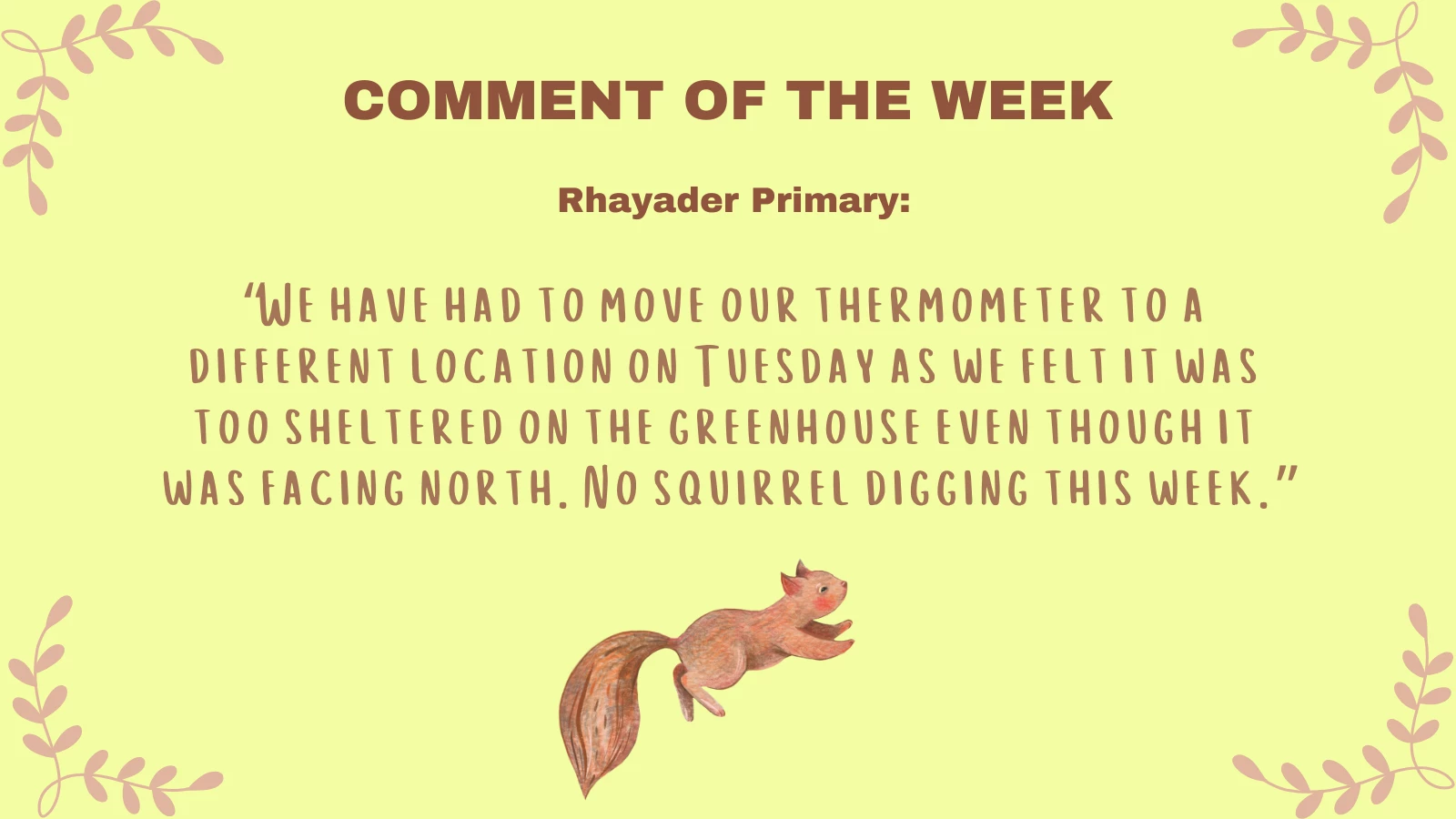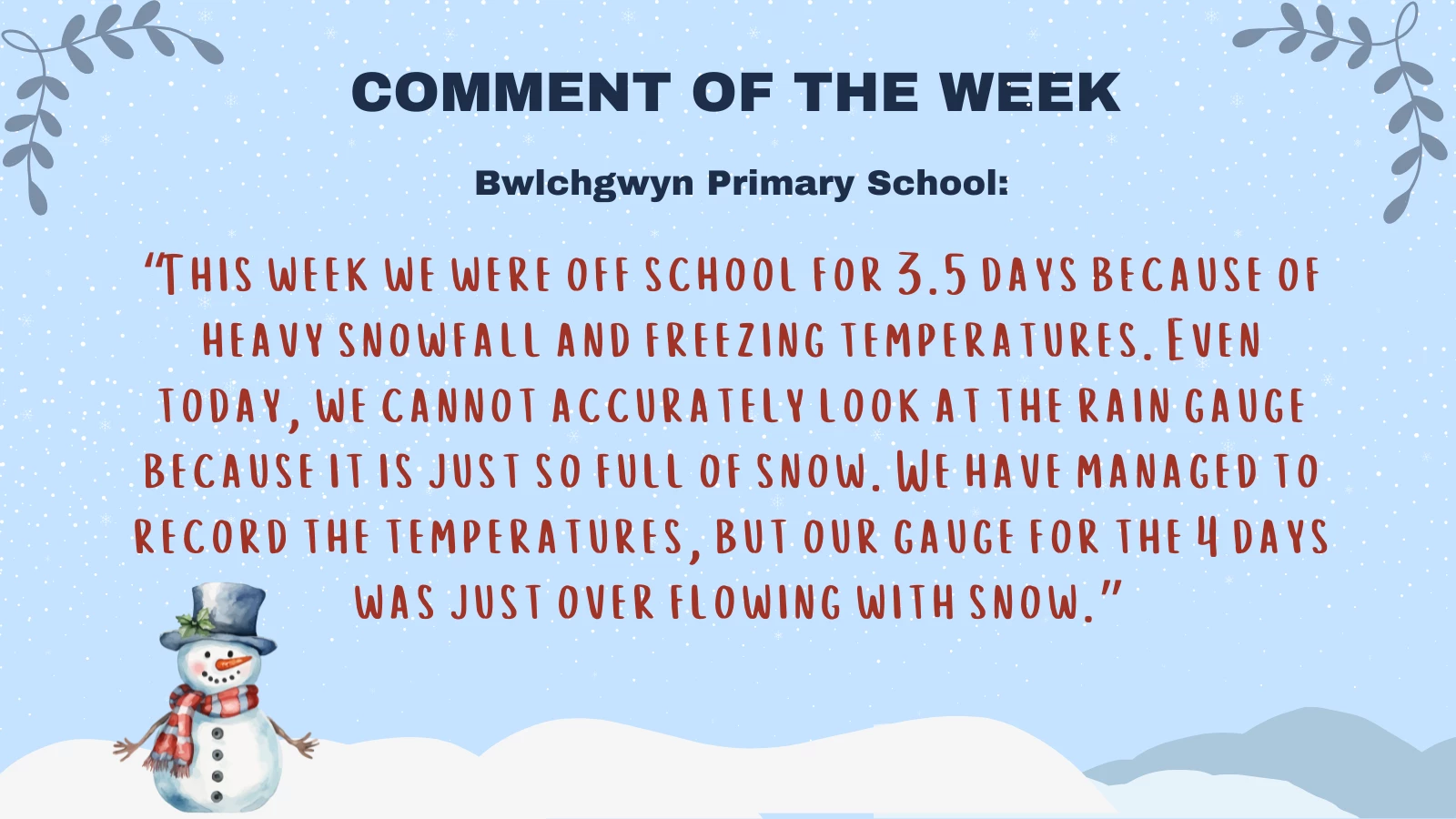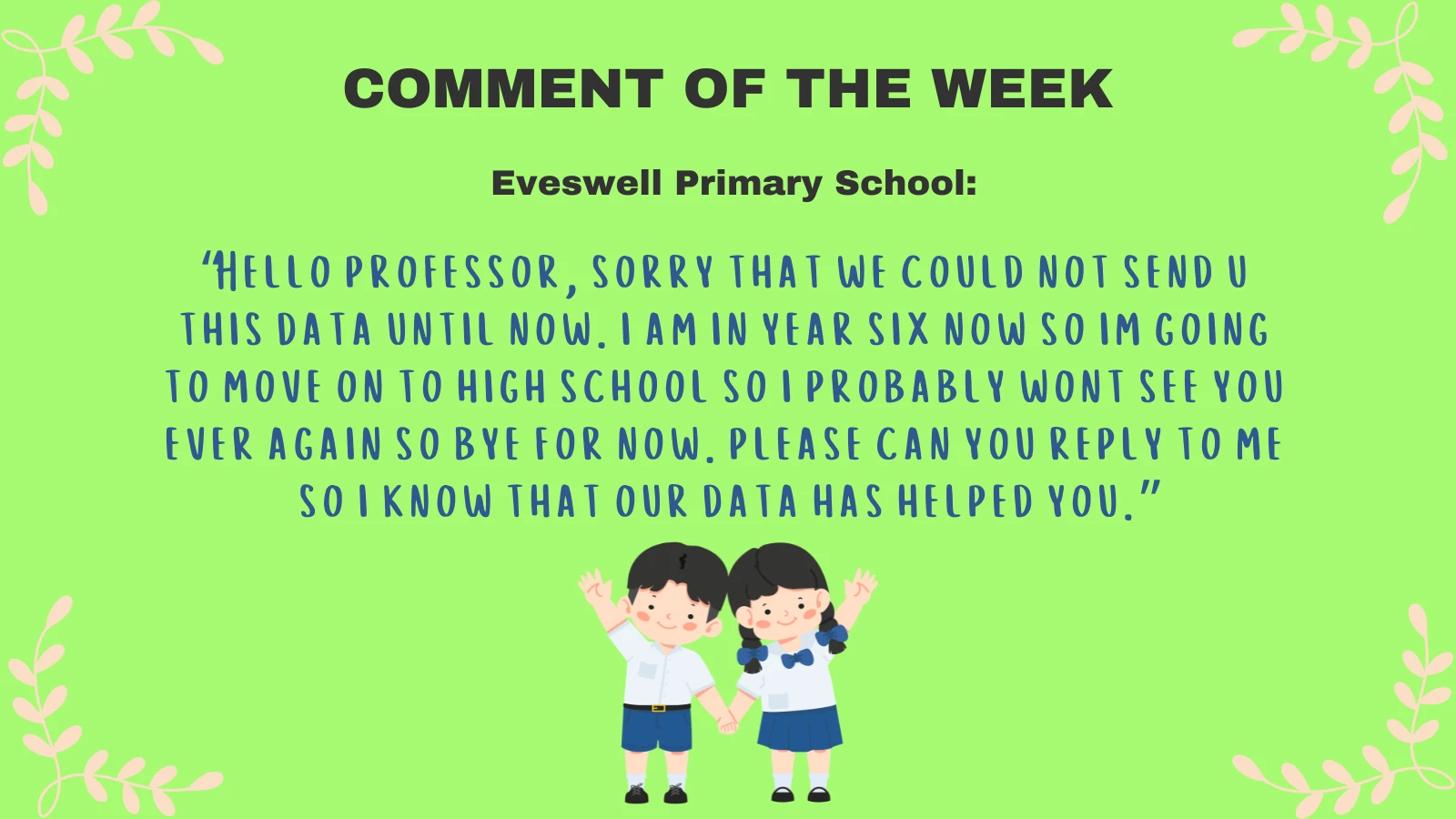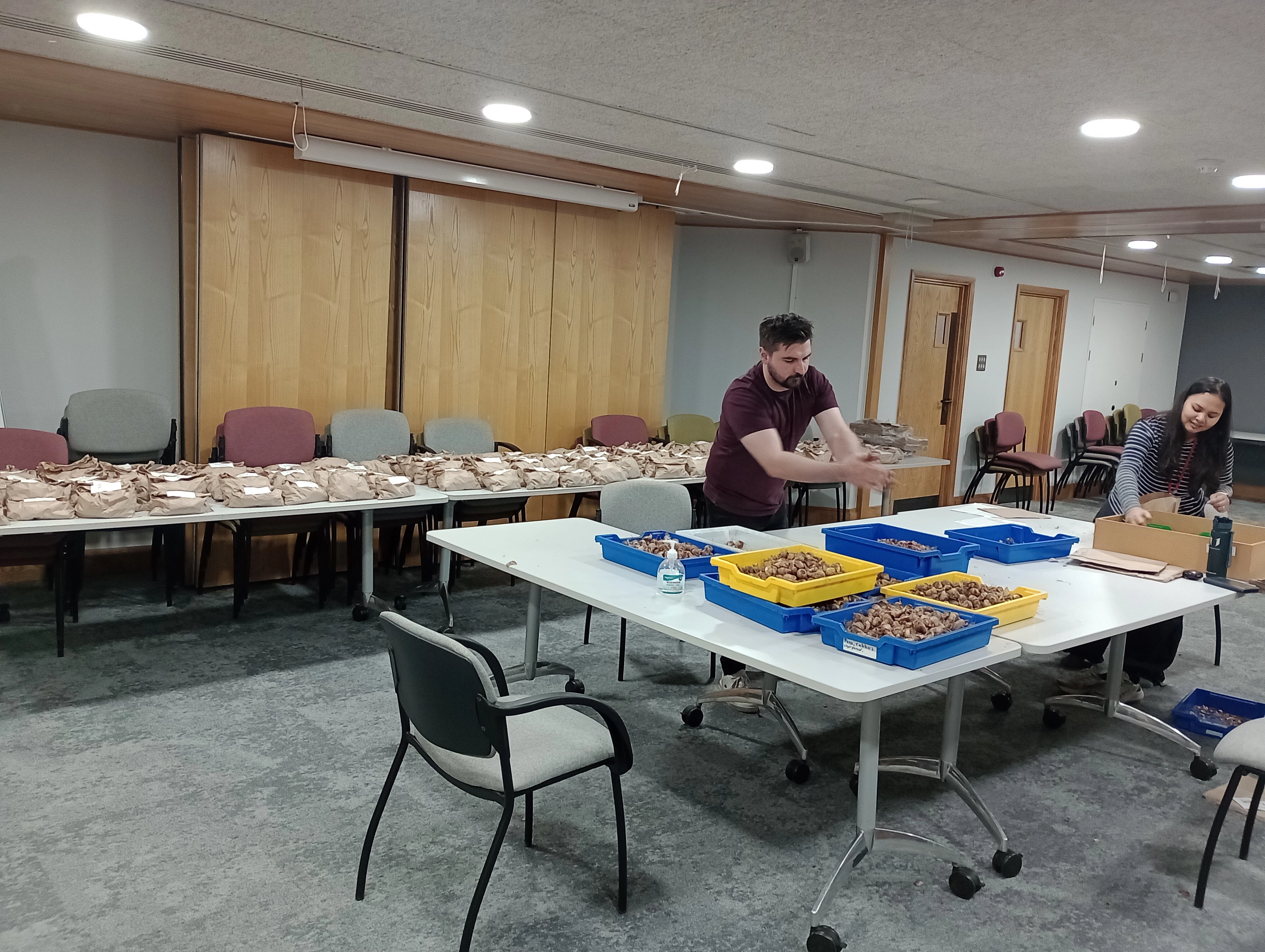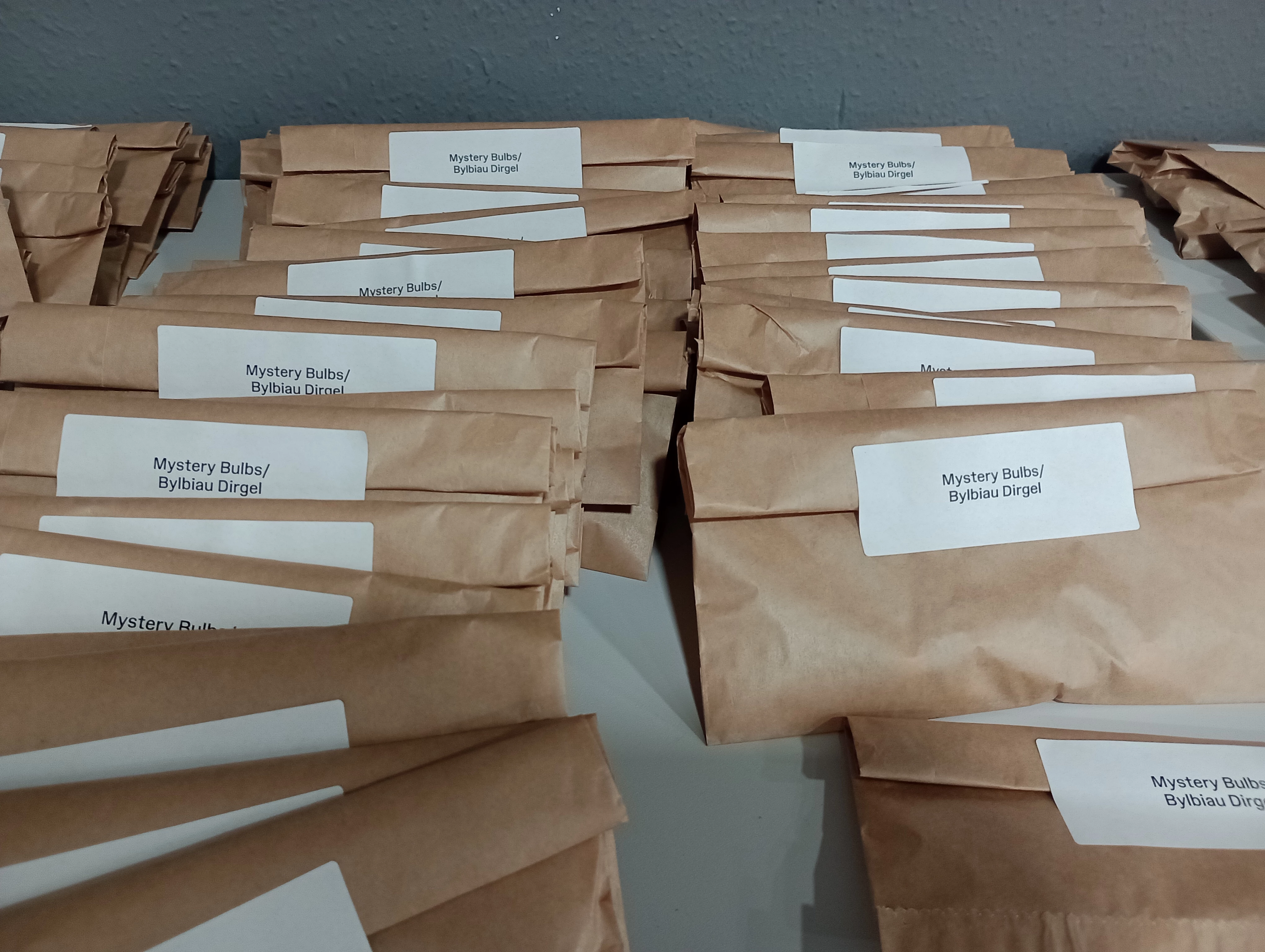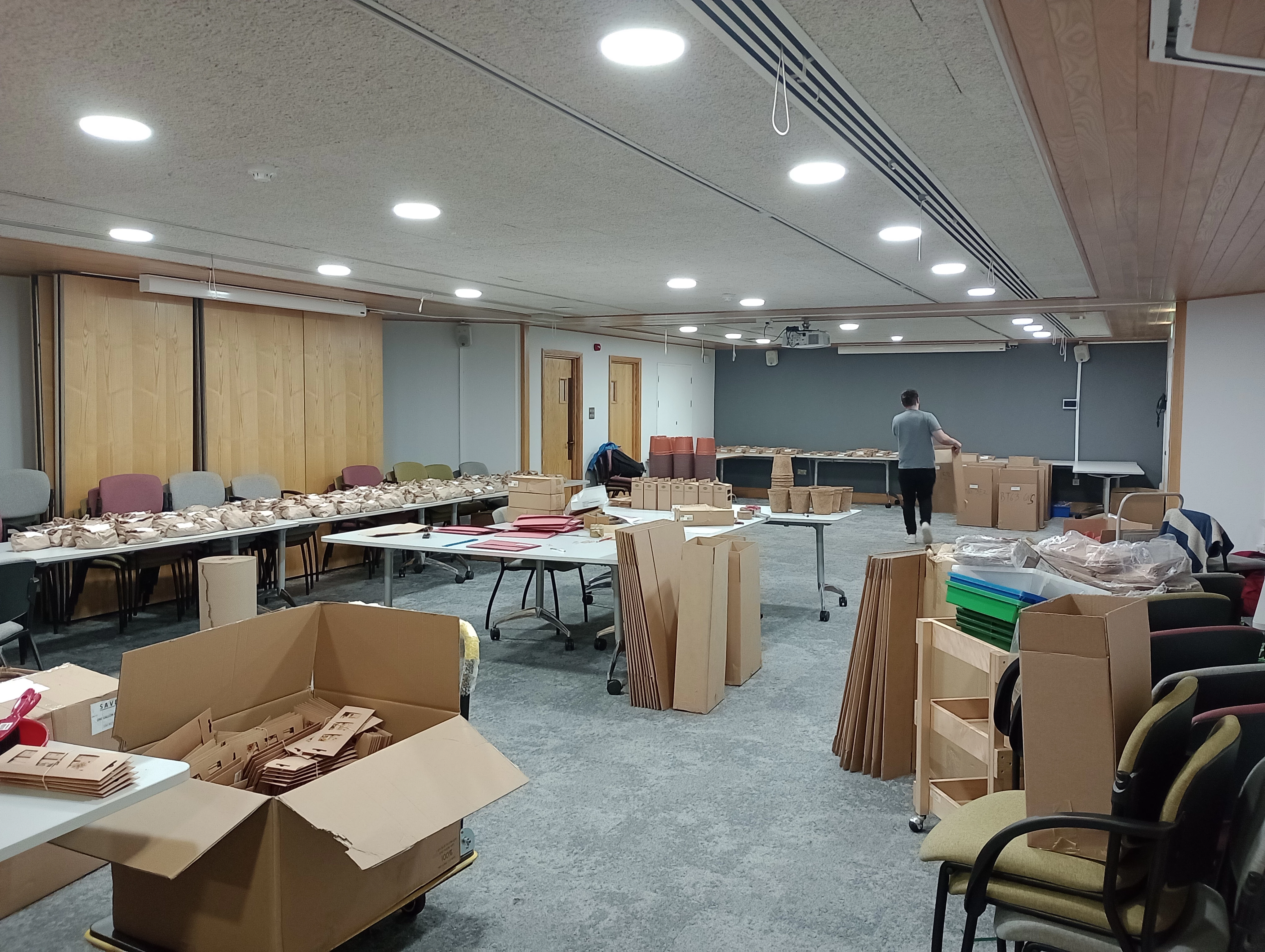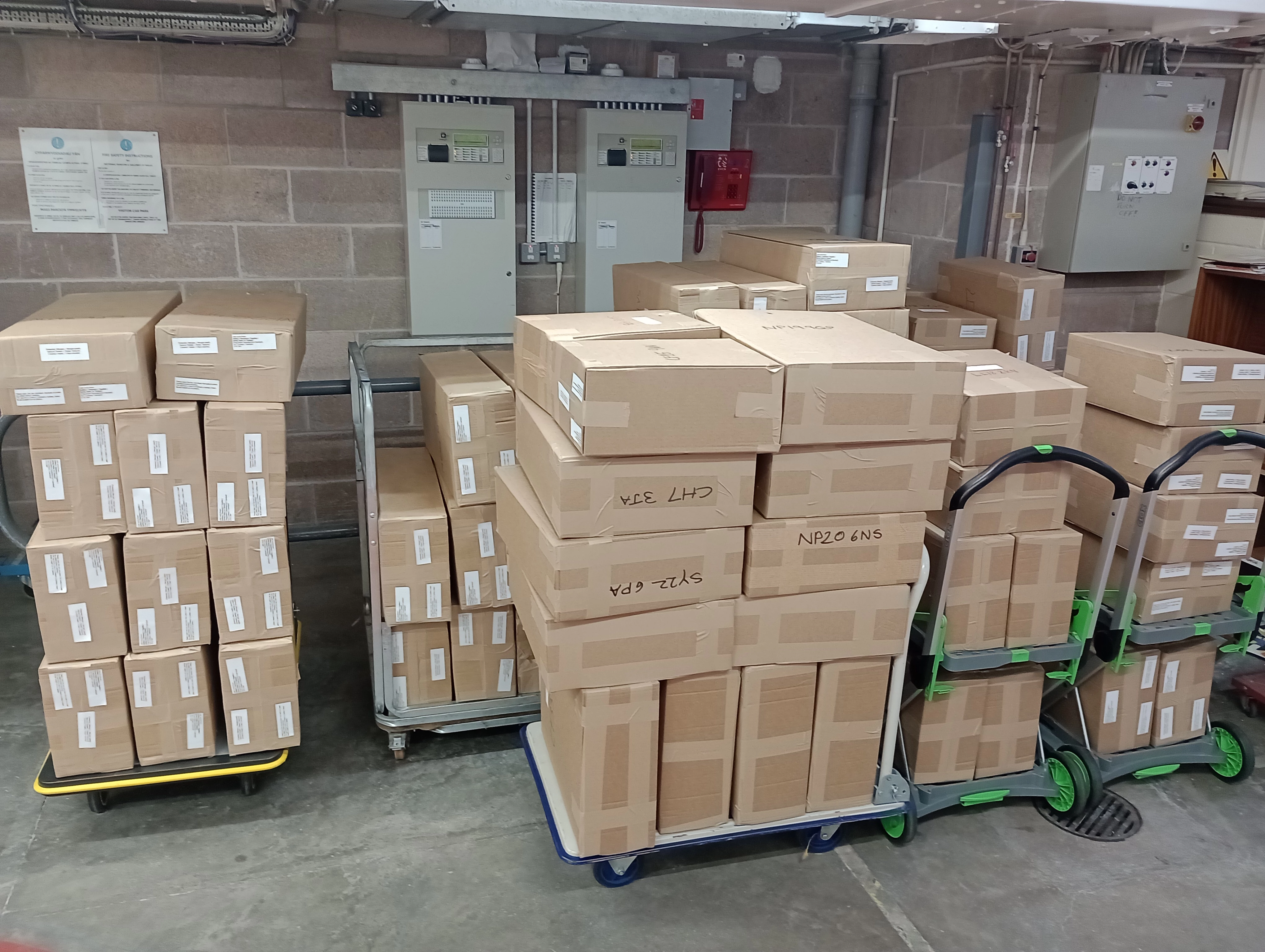The Great Big Green Week Climate Quiz!
, 12 June 2025
Hello Bulb Buddies!
Climate Cymru’s Great Big Green Week has been running since 7th June, with people across Wales (and the UK!) coming together to help protect our planet. There are fun activities, cool events, and lots of ways for you and your school to get involved.
What is The Great Big Green Week?
The Great Big Green Week is the UK’s biggest celebration of community action to tackle climate change and protect nature. All sorts of people are making swaps and taking small steps that make a difference to the planet. From planting flowers to picking up litter, every action counts!
Who are Climate Cymru?
Climate Cymru is a movement made up of hundreds of organisations and thousands of people from all across Wales, working together to tackle the climate and nature emergencies. By bringing together voices from every part of Welsh society (schools, businesses, community groups, and more) Climate Cymru makes sure that everyone is heard and that leaders take meaningful action for a greener, fairer future for Wales and the planet.
What is the Spring Bulbs for Schools Investigation?
The Spring Bulbs for Schools Investigation engages thousands of children from across the UK every year in a scientific study around the effects of climate change on the flowering dates of Spring Bulbs. Pupils adopt, care for and study their plants. They take weather readings every day that they are in school between November and March and share their findings to the Amgueddfa Cymru website. Our reports from last year’s investigation can be found here, along with many other educational resources. The bilingual reports from this year will be published in early July.
If you’ve participated in this year’s project by planting and growing spring bulbs, then you’re already a climate champion! If you’re looking for a Great Big Green Week Action that your school could take, applications for schools in Wales are open, and you can apply here! 2025-2026 will be the 20th anniversary year of this fantastic project!
Who are The Edina Trust?
The Edina Trust are partners and funders of Amgueddfa Cymru’s Spring Bulbs for Schools Investigation. They are a charity that helps primary schools with science by offering non-competitive grants for exciting projects like gardening, science resources, and outdoor learning. This year, schools in Denbighshire, Newport, and Torfaen can apply for Edina Trust grants, so if your school is in one of these areas, you’re guaranteed to get funding to help develop your science adventures! Find out more here!
Try the Climate Quiz by Amgueddfa Cymru!
To celebrate The Great Big Green Week, Amgueddfa Cymru (National Museum Wales) has created a special Climate Quiz just for you. It’s part of the Spring Bulbs for Schools Investigation, and it’s a fun way to test your knowledge about the climate and how we can all help protect nature.
- What's the difference between weather and climate?
- How much of the UK's total energy comes from renewable sources?
- Why are insects important for the climate?
- What actions could you take to help?
Find out by taking the quiz with your classmates or family. You might be surprised at what you learn!
Let’s Be Planet Protectors!
Remember, even small changes can make a big difference. By joining in with The Great Big Green Week and the Climate Quiz, you’re helping to raise awareness of how we can all look after the Earth for animals, plants, and people everywhere.
Share what you’ve learnt:
Tell your teacher about The Great Big Green Week and The Spring Bulbs for Schools Investigation. There are loads of great resources that can be used in class.
Amgueddfa Cymru School Learning
Amgueddfa Cymru Family Learning
Amgueddfa Cymru Adult Learning
Have a Great Green Week Bulb Buddies!
Professor Plant
